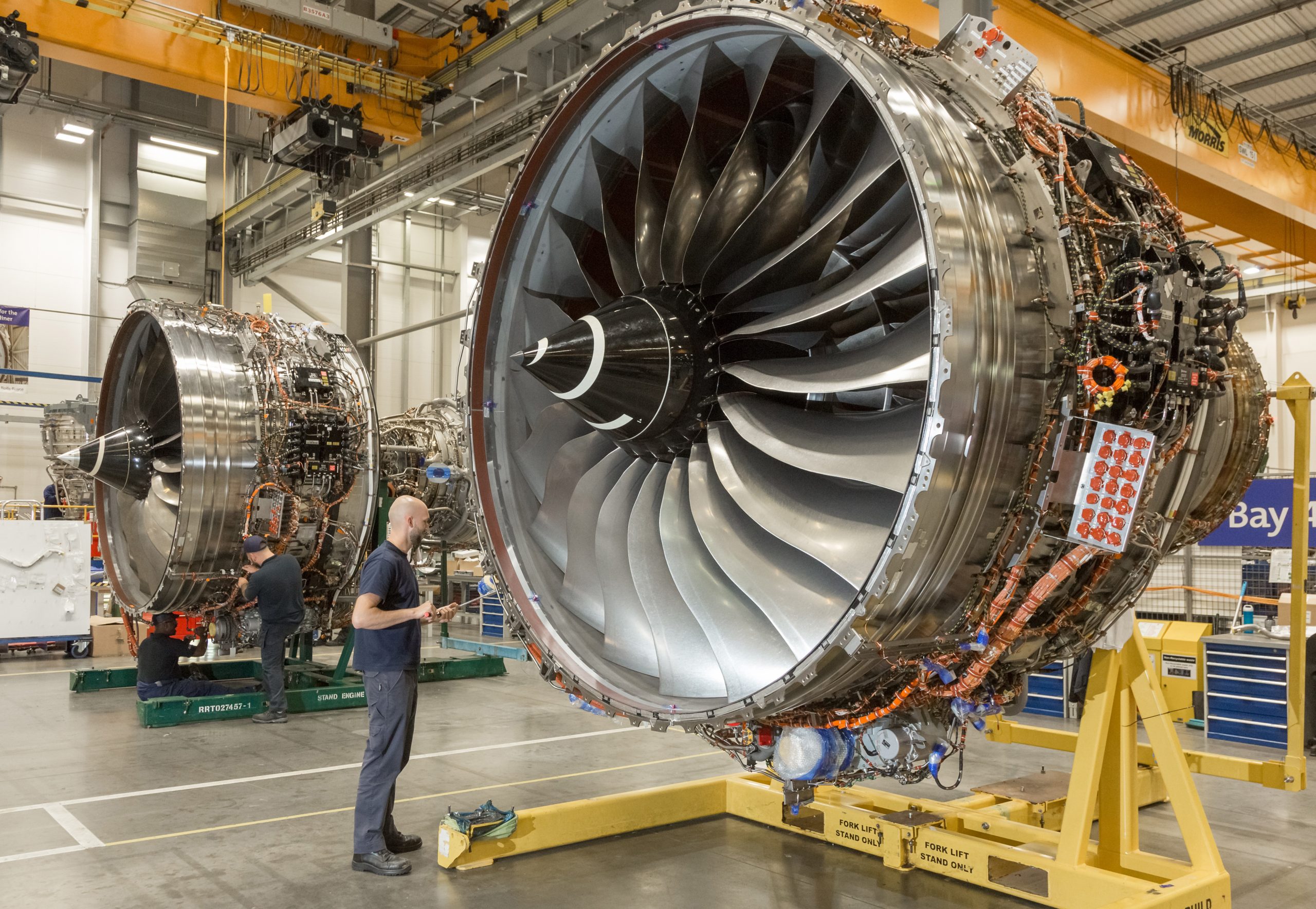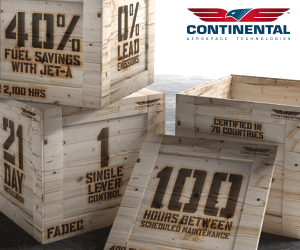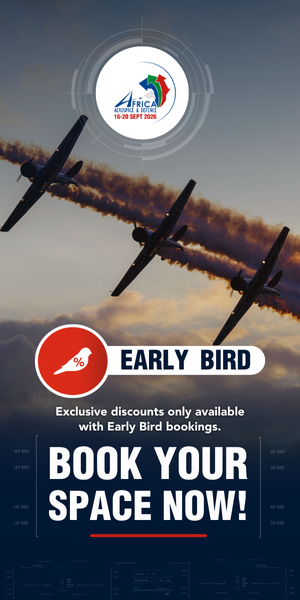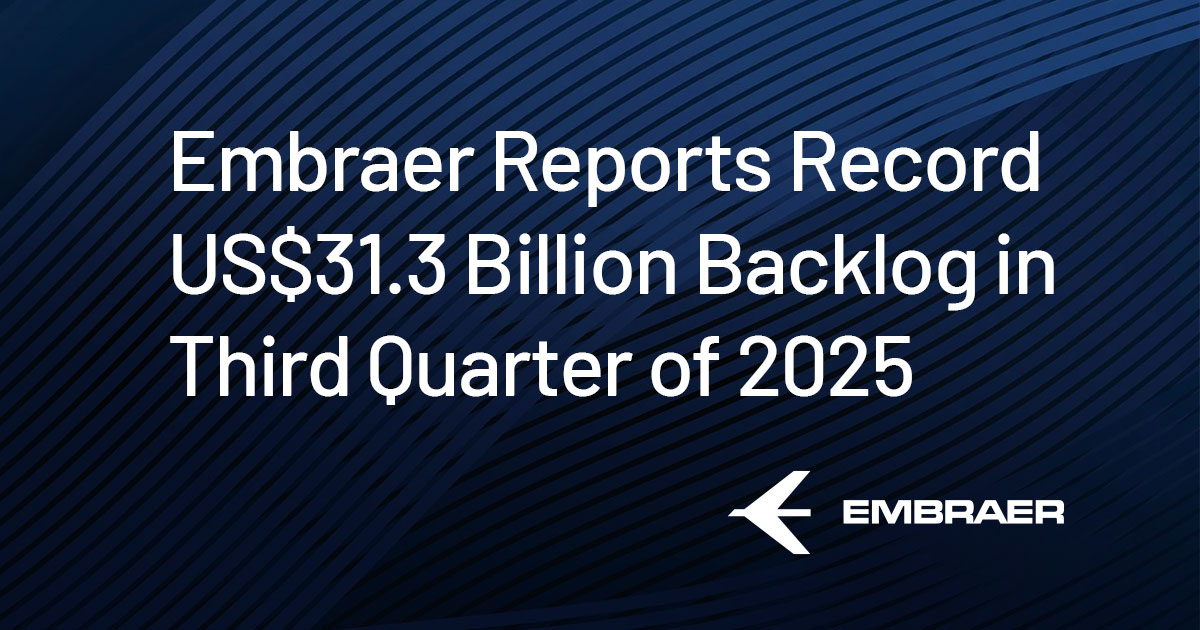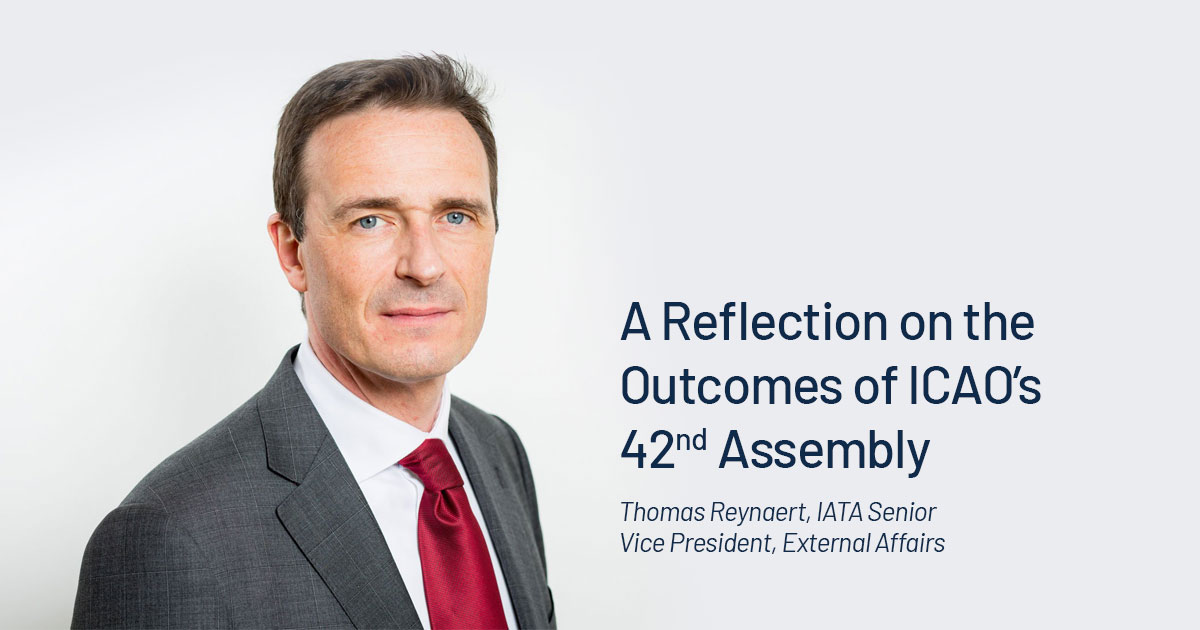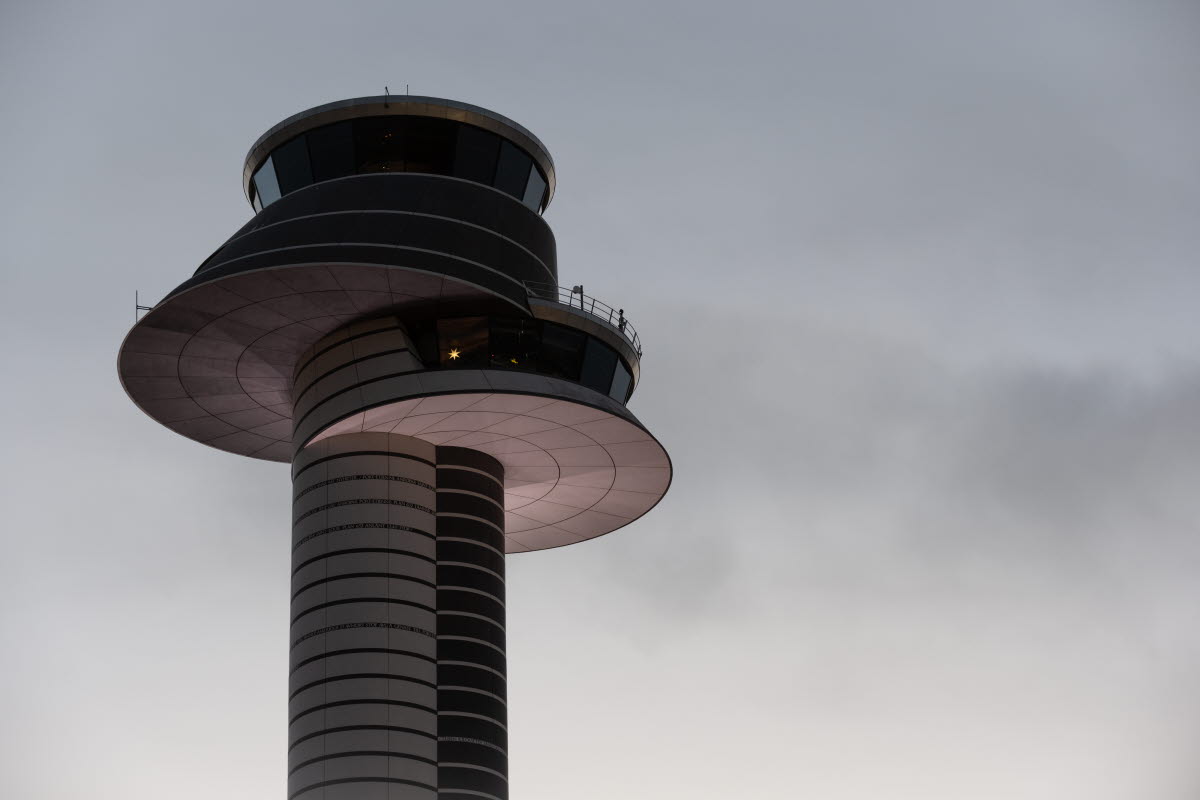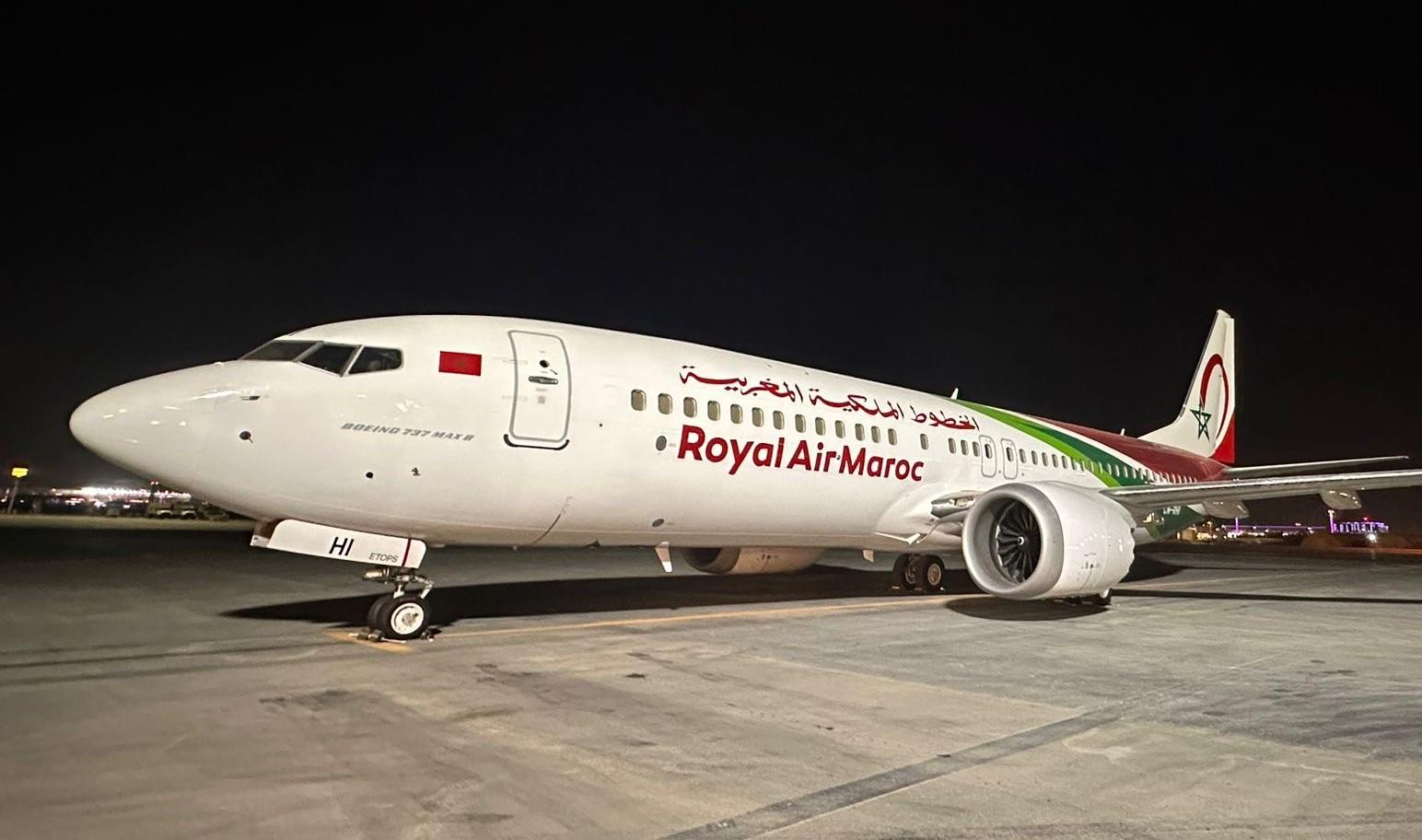Rolls-Royce joined Airbus and Air Côte d’Ivoire to celebrate the delivery of the airline’s first widebody aircraft, a Rolls-Royce Trent 7000-powered Airbus A330neo.
Omar Ali Adib, Senior Vice President, Customers, Rolls-Royce, said: “We are proud to power Air Côte d’Ivoire’s first widebody aircraft with our Trent 7000 engines. This is a significant milestone for both the airline and the region, as it expands connectivity and supports the growth of long-haul travel across West Africa. The Trent 7000 combines proven reliability with the latest efficiency and durability enhancements, ensuring Air Côte d’Ivoire can operate with confidence, efficiency, and sustainability from day one. We welcome this delivery and our new Rolls-Royce customer in Africa.”
The exclusive engine for the A330neo, the Trent 7000 is the seventh in the Trent family, the most successful engine family in history, which has accumulated more than 200 million engine flying hours since the first Trent engine, the Trent 700, entered service 30 years ago. The 68-72,000lb thrust Trent 7000 features the most advanced technology, delivering industry-leading levels of fuel efficiency, reducing environmental impact with a 14% improvement in fuel burn per seat, and is 6dB quieter compared to the Trent 700, which powered the original A330ceo.
Trent 7000 – incredible engineering by numbers:
- The front fan is just under 10 feet across (9.3) and draws in up to 1.3 tonnes of air every second at take-off.
- Each one of the engine’s 20 titanium fan blades is hollow, with an internal girder structure to maximise strength. They are created using a process called super-plastic forming and diffusion bonding, where a “sandwich” of titanium is heated in an oven while gas is blown into it to ‘inflate’ the blade.
- High-pressure turbine blades inside the engine rotate at 12,500 rpm, with their tips reaching 1,200mph, nearly twice the speed of sound.
- These high-pressure turbine blades operate in an environment where temperatures can exceed 2,000 °C, higher than the melting point of the blade itself. To protect them, each blade has tiny air holes in it from which “cooling air” (at 700 °C) is blown to cover the blade’s surface.
